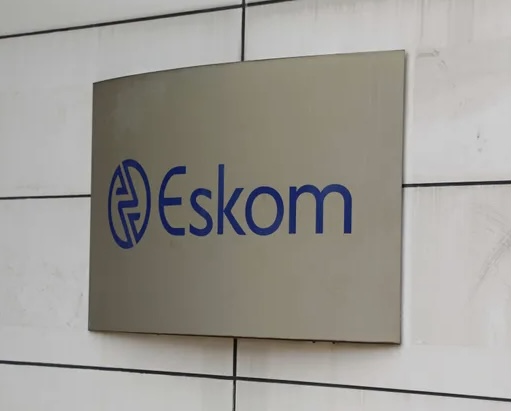KEY POINTS
- • Eskom says municipal arrears of more than R105 billion are blocking its credit upgrades and delaying a return to capital markets.
- • Executives warn that Treasury’s debt-relief measures offer only temporary relief, with fundamental restructuring still required.
- • The utility reported its first full-year profit in eight years and is pursuing digital procurement reforms to strengthen operational efficiency.
Eskom has raised fresh alarm over the rapid growth of municipal debt, saying the rising arrears remain the single biggest obstacle to lifting the utility’s credit ratings and restoring its ability to borrow without leaning on state guarantees.
Addressing Parliament during a briefing on its first-quarter results for the 2025/26 financial year, executives said the mounting burden now stands at no less than R105 billion as of the end of September. The figure persists despite the National Treasury’s municipal debt-relief initiative, and continues to weigh heavily on Eskom’s already stretched balance sheet.
Calib Cassim, the power utility’s chief financial officer, told lawmakers that rating agencies are still unconvinced that Eskom is making meaningful headway in tackling municipal arrears. Both Fitch and Moody’s keep the company firmly below investment grade, with municipal debt repeatedly flagged as a central risk to Eskom’s long-term financial stability.
Cassim said the utility needs to demonstrate clear, sustained progress before agencies consider upgrades. He added that credible improvement remains essential if Eskom is to eventually re-enter capital markets without saddling the fiscus with additional guarantees.
“We have to show traction and improvements on municipal debt. It is a key area the country must address to unlock upgrades and strengthen Eskom’s position,” he said. “If we want to get back to the market, our goal is to do so without burdening the fiscus.”
Despite the structural constraints, Eskom posted its first full-year profit in eight years, recording R23.9 billion profit before tax for the year ended 31 March 2025. Cassim noted that the utility is roughly three notches below investment grade, and expressed hope that one upgrade could be secured by the end of the financial year, with potential for further adjustments thereafter.
Utility Eyes Gradual Return To Capital Markets
Over the next two to two and a half years, executives believe Eskom could earn two incremental upgrades if its financial performance stabilises. With an additional positive shift linked to broader sovereign dynamics, the utility may inch closer to the long-sought investment-grade threshold.
Meanwhile, Agnes Mlambo, Eskom’s acting group executive for distribution, said the company is intensifying its efforts to recover arrears from municipalities. She outlined a stepped approach that begins with direct collection efforts, followed by support through Treasury’s debt-relief framework, and then more assertive interventions through the Distribution Agency Agreements.
Should those avenues fail, Eskom may disconnect defaulting municipalities and, as a final measure, approach the courts to revoke their distribution licences. Mlambo said the company prefers cooperation, but must act to protect the system.
Eskom group chief executive Dan Marokane added that months of engagement with Treasury and the South African Local Government Authority culminated in the intervention announced in last week’s Medium-Term Budget Policy Statement. He described the arrangement as an interim measure to curb runaway arrears, saying deeper restructuring of the municipal electricity-distribution model remains essential to ensure long-term viability.
“The DAA is a collaborative effort. It will help reduce the growth of municipal debt, but it is not the ultimate solution. Fundamental restructuring is what is really needed,” he said.
In parallel, Eskom is moving to modernise its internal procurement systems. Chief technology and information officer Len de Villiers confirmed that the utility will go to market in December with a request for proposals for a new digital procurement platform. The analysis phase is expected to run through January 2026, after which a bidder will be chosen to build a system that manages procurement from initiation to final execution.



